This seems a very dummy question, but I cannot figure out how the following equation has been solved by authors:
$$P_{secure} = \text{Pr}\{\epsilon cP_sd_{su_i}^{-n}|h_{su_i}|^2> cP_sd_{se_i}^{-n}|h_{se_i}|^2\}$$
(The details of the parameters are present in the image attached below)
I want to learn the method and hope the community here does not mind my naiveness! The final solution is:
$$P_{secure} = \frac{\epsilon d_{se_i}^n}{d_{su_i}^n+\epsilon d_{se_i}^n}$$
